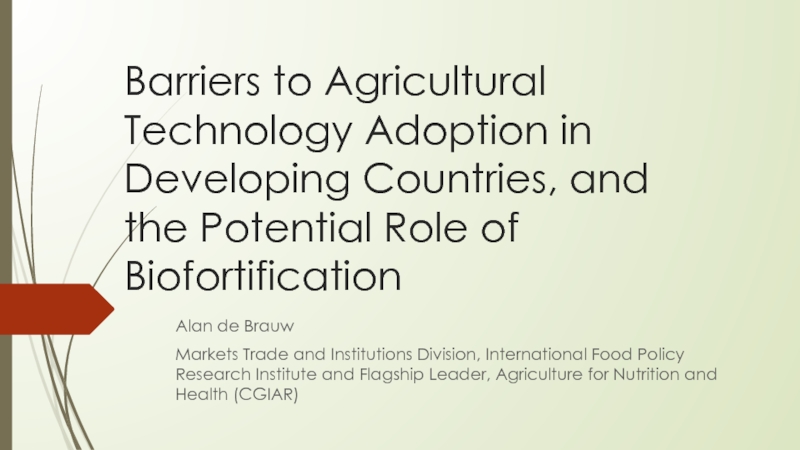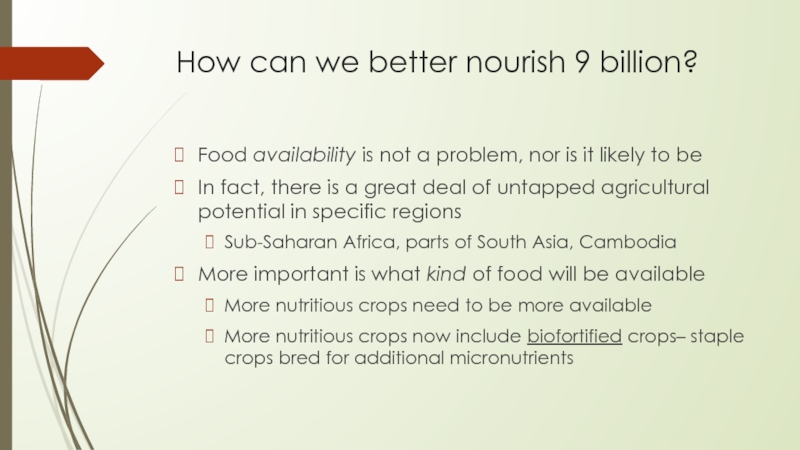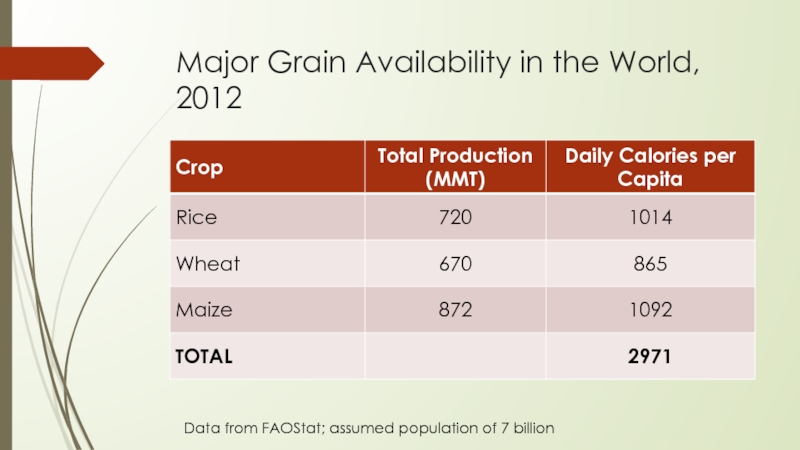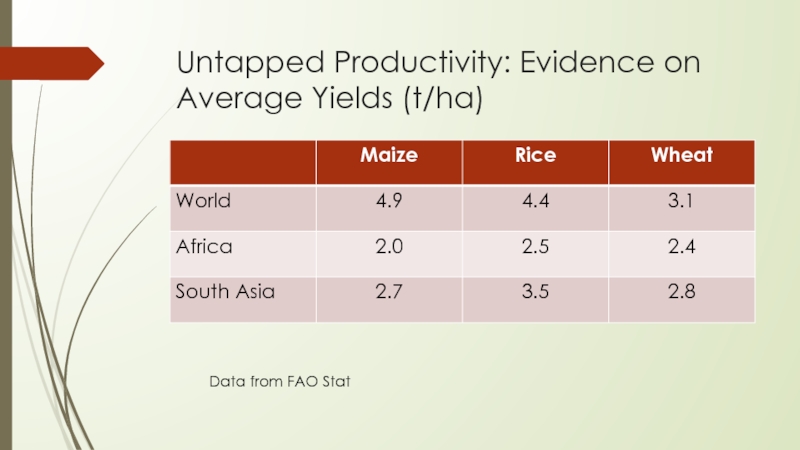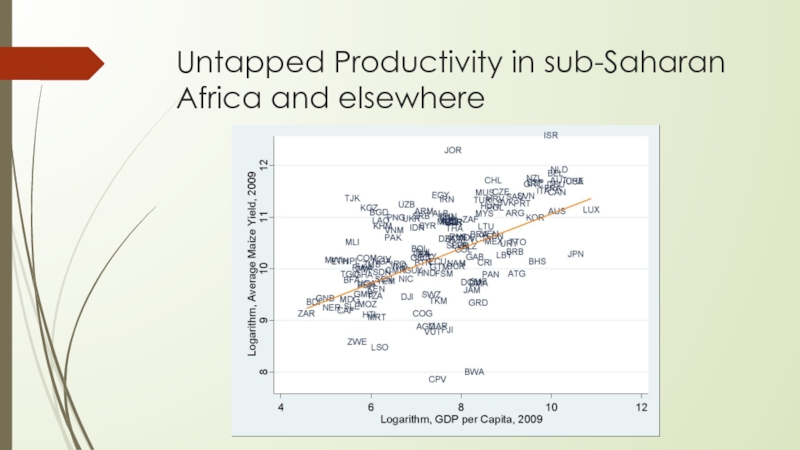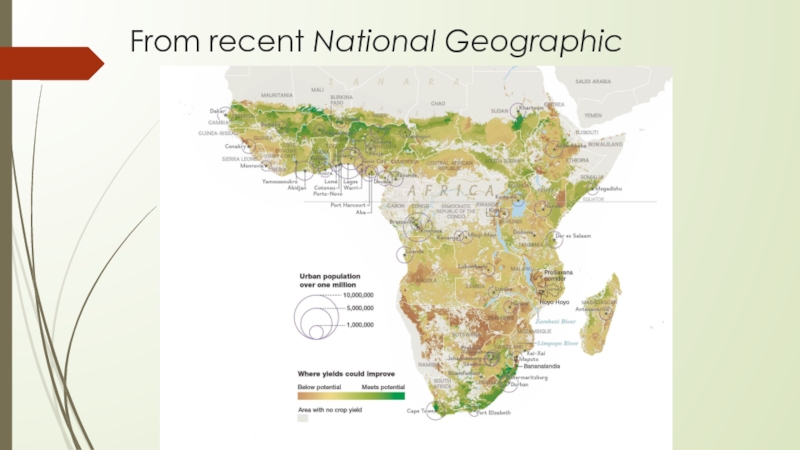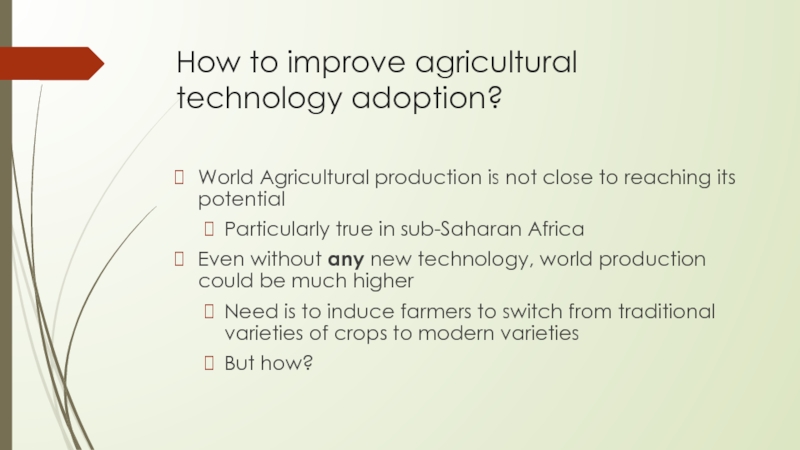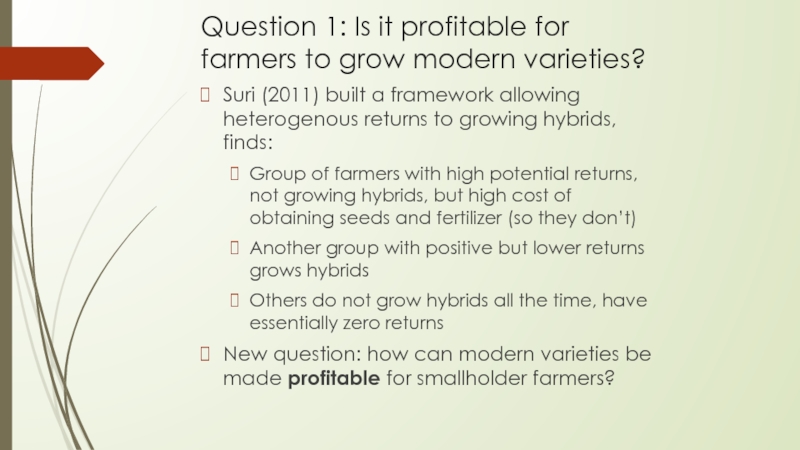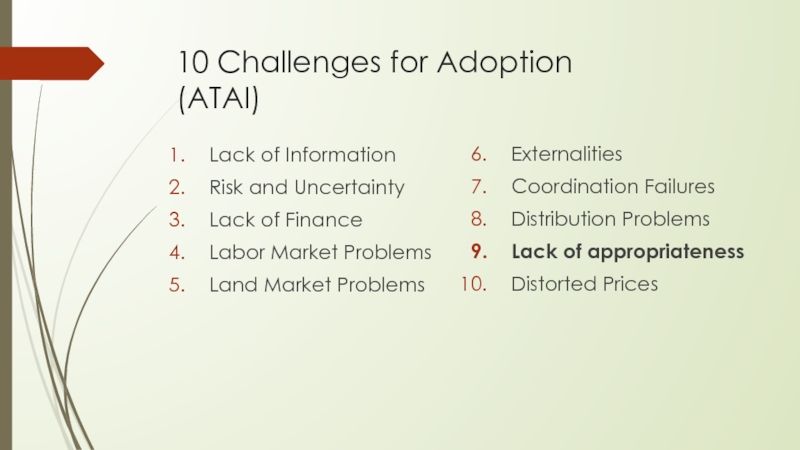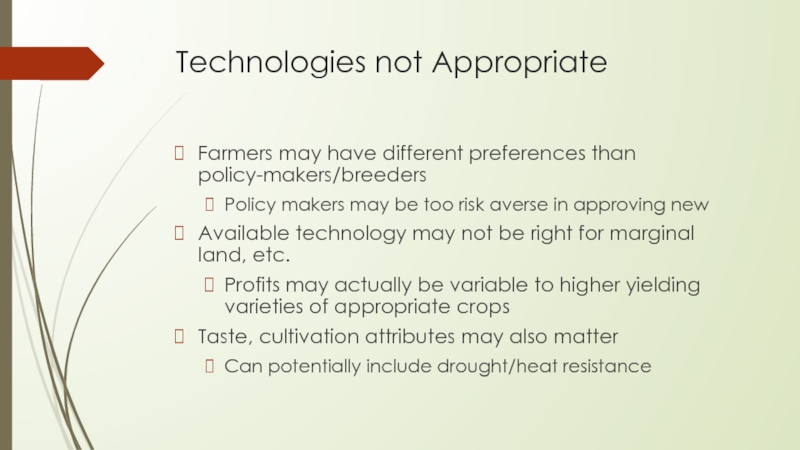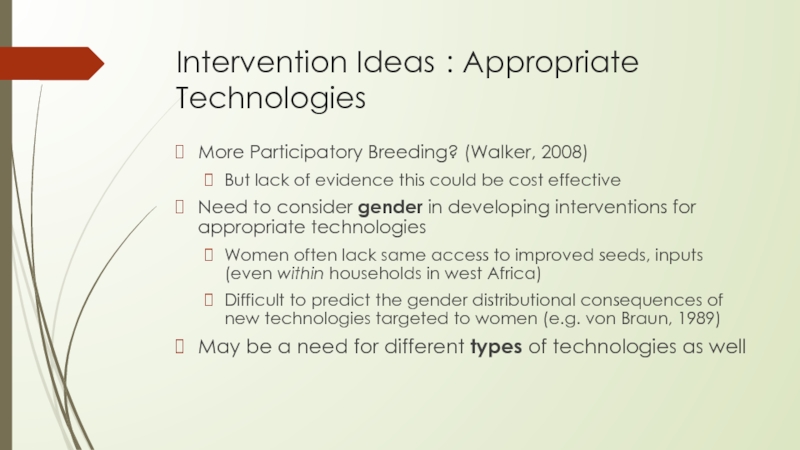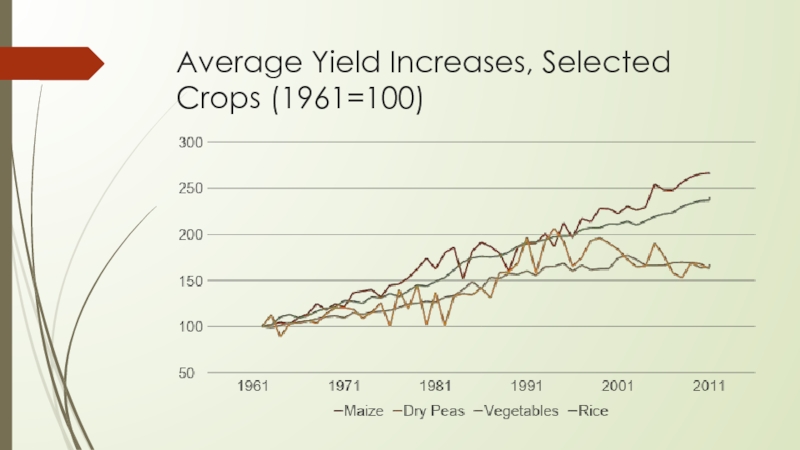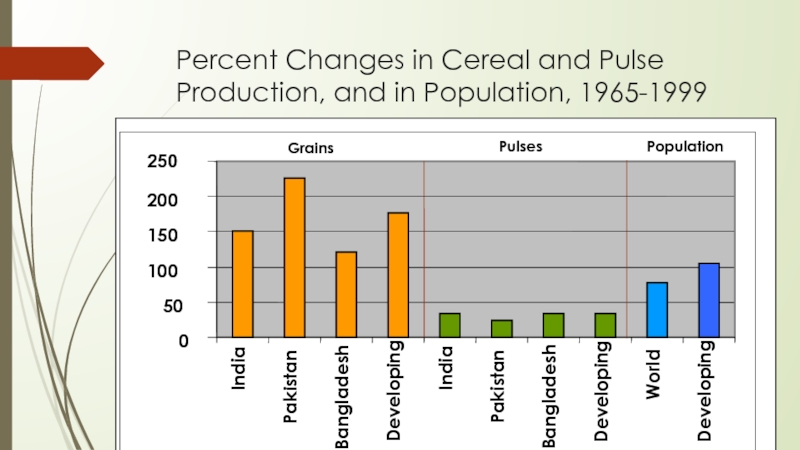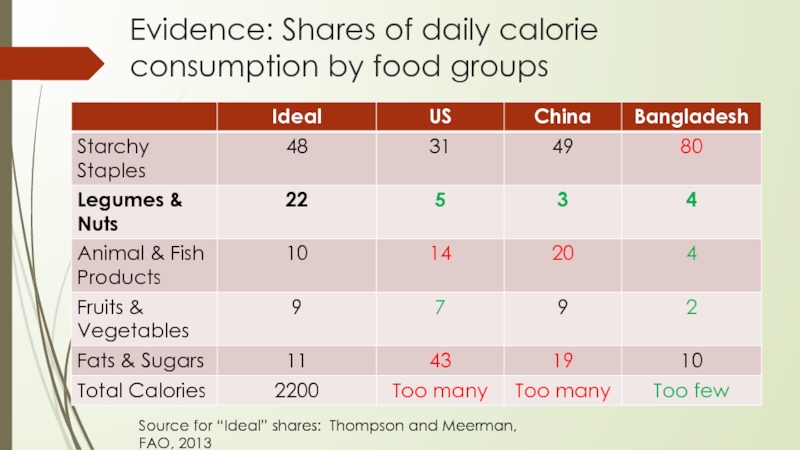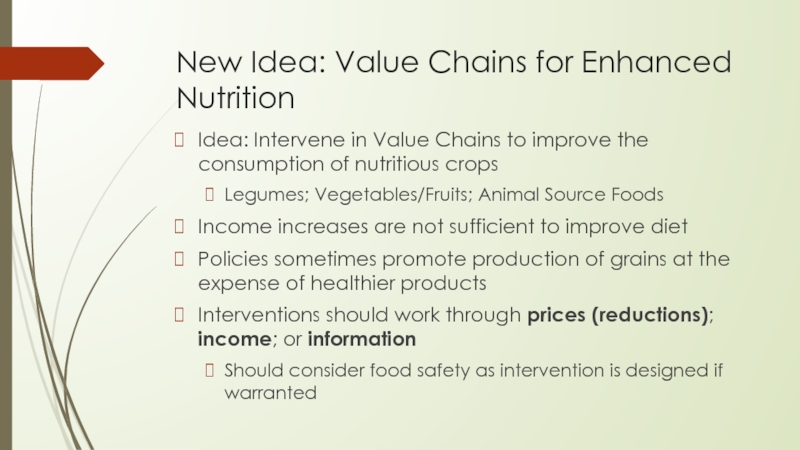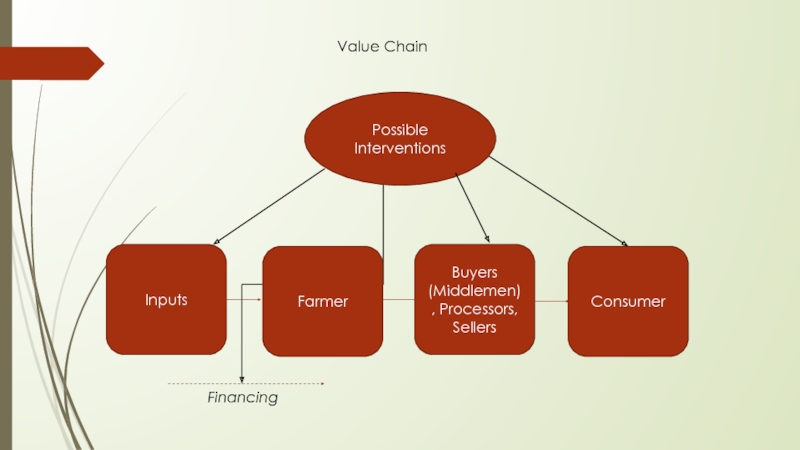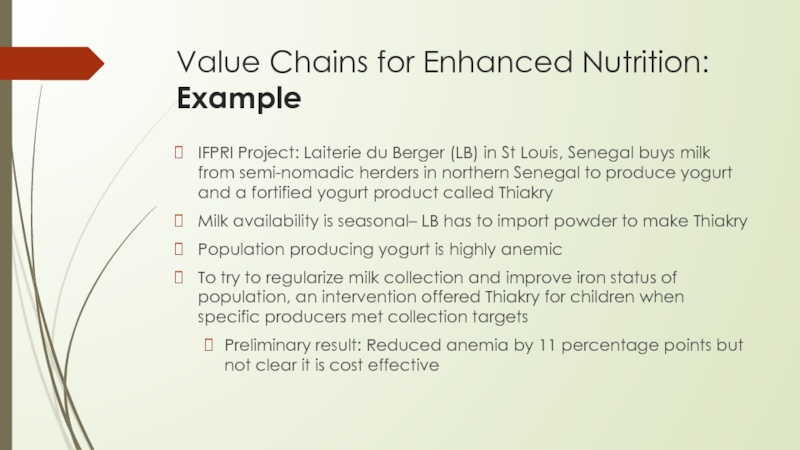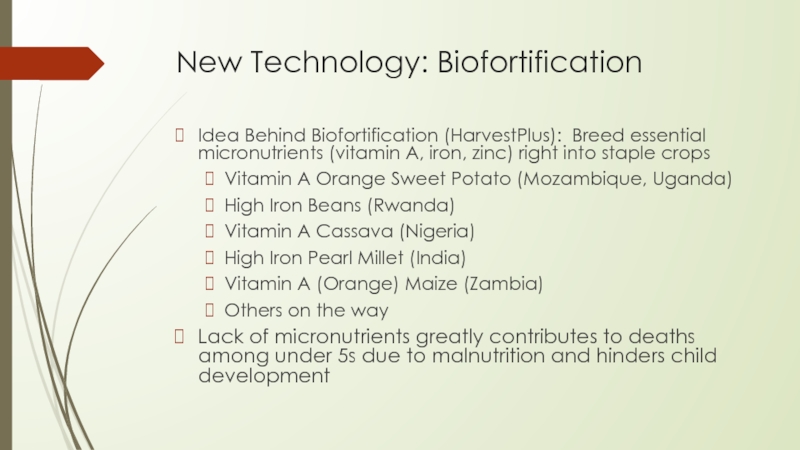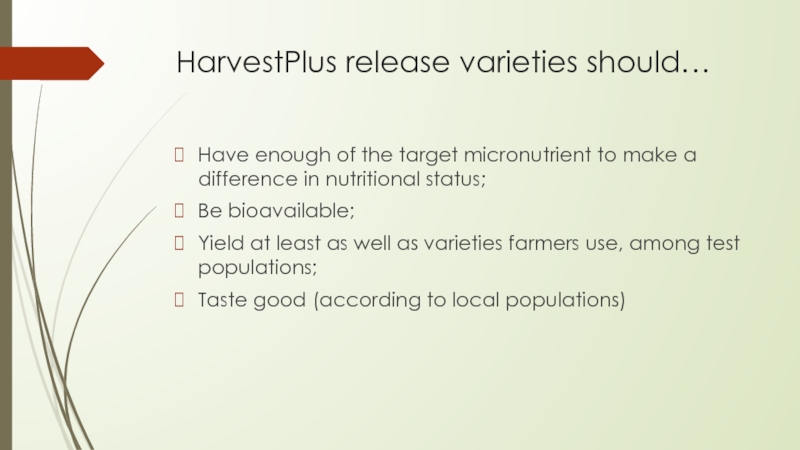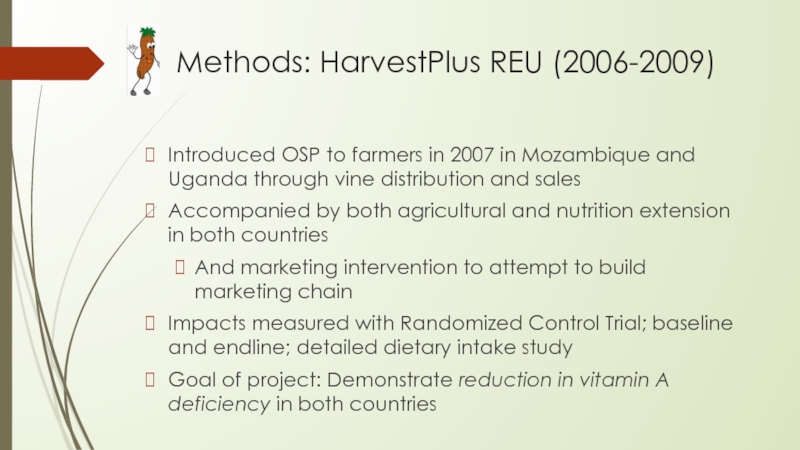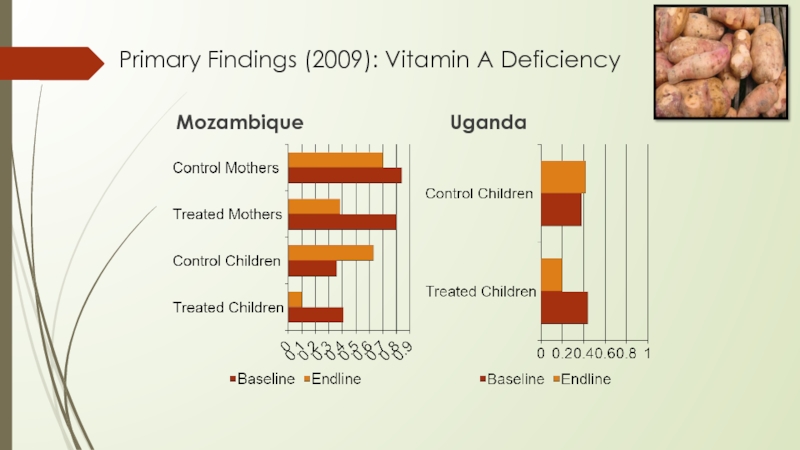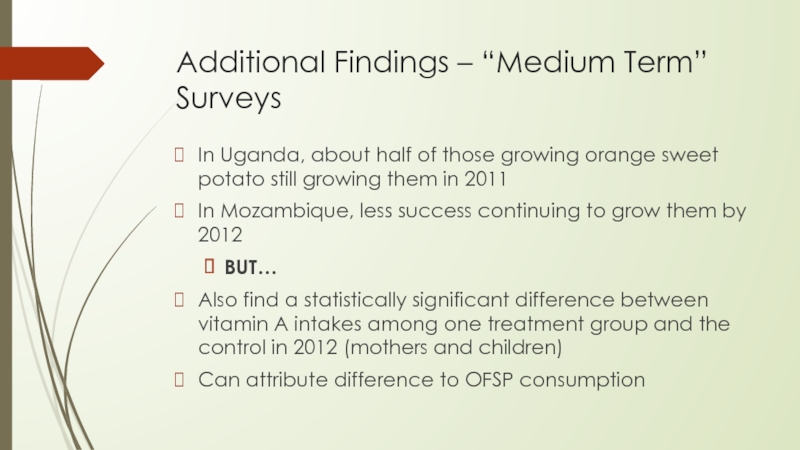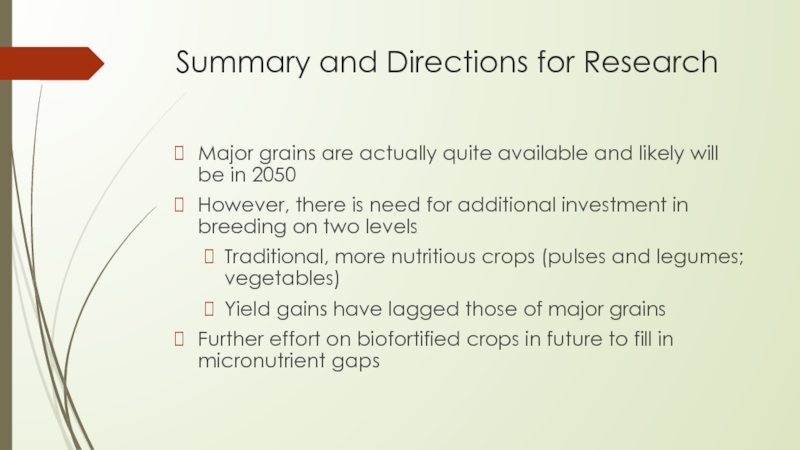Alan de Brauw
Markets Trade and Institutions Division, International Food Policy Research Institute and Flagship Leader, Agriculture for Nutrition and Health (CGIAR)
- Главная
- Разное
- Дизайн
- Бизнес и предпринимательство
- Аналитика
- Образование
- Развлечения
- Красота и здоровье
- Финансы
- Государство
- Путешествия
- Спорт
- Недвижимость
- Армия
- Графика
- Культурология
- Еда и кулинария
- Лингвистика
- Английский язык
- Астрономия
- Алгебра
- Биология
- География
- Детские презентации
- Информатика
- История
- Литература
- Маркетинг
- Математика
- Медицина
- Менеджмент
- Музыка
- МХК
- Немецкий язык
- ОБЖ
- Обществознание
- Окружающий мир
- Педагогика
- Русский язык
- Технология
- Физика
- Философия
- Химия
- Шаблоны, картинки для презентаций
- Экология
- Экономика
- Юриспруденция
Barriers to Agricultural Technology Adoption in Developing Countries, and the Potential Role of Biofortification презентация
Содержание
- 1. Barriers to Agricultural Technology Adoption in Developing Countries, and the Potential Role of Biofortification
- 2. How can we better nourish 9 billion?
- 3. Major Grain Availability in the World, 2012 Data from FAOStat; assumed population of 7 billion
- 4. Even with plenty of calorie “availability”… Untapped
- 5. Untapped Productivity: Evidence on Average Yields (t/ha) Data from FAO Stat
- 6. Untapped Productivity in sub-Saharan Africa and elsewhere
- 7. From recent National Geographic
- 8. How to improve agricultural technology adoption?
- 9. Question 1: Is it profitable for farmers
- 10. 10 Challenges for Adoption (ATAI) Lack of
- 11. Technologies not Appropriate Farmers may have different
- 12. Intervention Ideas : Appropriate Technologies More Participatory Breeding?
- 13. Average Yield Increases, Selected Crops (1961=100)
- 14. Percent Changes in Cereal and Pulse Production, and in Population, 1965-1999 Grains Pulses Population
- 15. Evidence: Shares of daily calorie consumption by
- 16. New Idea: Value Chains for Enhanced Nutrition
- 17. Inputs Farmer Buyers (Middlemen), Processors, Sellers Consumer Value Chain Possible Interventions
- 18. Value Chains for Enhanced Nutrition: Example IFPRI
- 19. New Technology: Biofortification Idea Behind Biofortification (HarvestPlus):
- 20. HarvestPlus release varieties should… Have enough of
- 21. Methods: HarvestPlus REU (2006-2009) Introduced OSP to
- 22. Primary Findings (2009): Vitamin A Deficiency Mozambique Uganda
- 23. Additional Findings – “Medium Term” Surveys In
- 24. Summary and Directions for Research Major grains
Слайд 1Barriers to Agricultural Technology Adoption in Developing Countries, and the Potential
Role of Biofortification
Слайд 2How can we better nourish 9 billion?
Food availability is not a
problem, nor is it likely to be
In fact, there is a great deal of untapped agricultural potential in specific regions
Sub-Saharan Africa, parts of South Asia, Cambodia
More important is what kind of food will be available
More nutritious crops need to be more available
More nutritious crops now include biofortified crops– staple crops bred for additional micronutrients
In fact, there is a great deal of untapped agricultural potential in specific regions
Sub-Saharan Africa, parts of South Asia, Cambodia
More important is what kind of food will be available
More nutritious crops need to be more available
More nutritious crops now include biofortified crops– staple crops bred for additional micronutrients
Слайд 3Major Grain Availability in the World, 2012
Data from FAOStat; assumed population
of 7 billion
Слайд 4Even with plenty of calorie “availability”…
Untapped Productivity Potential in Several Parts
of the World
But at current price levels and trends there is a large underinvestment in more nutritious foods
But at current price levels and trends there is a large underinvestment in more nutritious foods
Слайд 8How to improve agricultural technology adoption?
World Agricultural production is not close
to reaching its potential
Particularly true in sub-Saharan Africa
Even without any new technology, world production could be much higher
Need is to induce farmers to switch from traditional varieties of crops to modern varieties
But how?
Particularly true in sub-Saharan Africa
Even without any new technology, world production could be much higher
Need is to induce farmers to switch from traditional varieties of crops to modern varieties
But how?
Слайд 9Question 1: Is it profitable for farmers to grow modern varieties?
Suri
(2011) built a framework allowing heterogenous returns to growing hybrids, finds:
Group of farmers with high potential returns, not growing hybrids, but high cost of obtaining seeds and fertilizer (so they don’t)
Another group with positive but lower returns grows hybrids
Others do not grow hybrids all the time, have essentially zero returns
New question: how can modern varieties be made profitable for smallholder farmers?
Group of farmers with high potential returns, not growing hybrids, but high cost of obtaining seeds and fertilizer (so they don’t)
Another group with positive but lower returns grows hybrids
Others do not grow hybrids all the time, have essentially zero returns
New question: how can modern varieties be made profitable for smallholder farmers?
Слайд 1010 Challenges for Adoption
(ATAI)
Lack of Information
Risk and Uncertainty
Lack of Finance
Labor Market
Problems
Land Market Problems
Land Market Problems
Externalities
Coordination Failures
Distribution Problems
Lack of appropriateness
Distorted Prices
Слайд 11Technologies not Appropriate
Farmers may have different preferences than policy-makers/breeders
Policy makers may
be too risk averse in approving new
Available technology may not be right for marginal land, etc.
Profits may actually be variable to higher yielding varieties of appropriate crops
Taste, cultivation attributes may also matter
Can potentially include drought/heat resistance
Available technology may not be right for marginal land, etc.
Profits may actually be variable to higher yielding varieties of appropriate crops
Taste, cultivation attributes may also matter
Can potentially include drought/heat resistance
Слайд 12Intervention Ideas : Appropriate Technologies
More Participatory Breeding? (Walker, 2008)
But lack of evidence
this could be cost effective
Need to consider gender in developing interventions for appropriate technologies
Women often lack same access to improved seeds, inputs (even within households in west Africa)
Difficult to predict the gender distributional consequences of new technologies targeted to women (e.g. von Braun, 1989)
May be a need for different types of technologies as well
Need to consider gender in developing interventions for appropriate technologies
Women often lack same access to improved seeds, inputs (even within households in west Africa)
Difficult to predict the gender distributional consequences of new technologies targeted to women (e.g. von Braun, 1989)
May be a need for different types of technologies as well
Слайд 14Percent Changes in Cereal and Pulse Production, and in Population, 1965-1999
Grains
Pulses
Population
Слайд 15Evidence: Shares of daily calorie consumption by food groups
Source for “Ideal”
shares: Thompson and Meerman, FAO, 2013
Слайд 16New Idea: Value Chains for Enhanced Nutrition
Idea: Intervene in Value Chains
to improve the consumption of nutritious crops
Legumes; Vegetables/Fruits; Animal Source Foods
Income increases are not sufficient to improve diet
Policies sometimes promote production of grains at the expense of healthier products
Interventions should work through prices (reductions); income; or information
Should consider food safety as intervention is designed if warranted
Legumes; Vegetables/Fruits; Animal Source Foods
Income increases are not sufficient to improve diet
Policies sometimes promote production of grains at the expense of healthier products
Interventions should work through prices (reductions); income; or information
Should consider food safety as intervention is designed if warranted
Слайд 17Inputs
Farmer
Buyers (Middlemen), Processors,
Sellers
Consumer
Value Chain
Possible Interventions
Слайд 18Value Chains for Enhanced Nutrition: Example
IFPRI Project: Laiterie du Berger (LB)
in St Louis, Senegal buys milk from semi-nomadic herders in northern Senegal to produce yogurt and a fortified yogurt product called Thiakry
Milk availability is seasonal– LB has to import powder to make Thiakry
Population producing yogurt is highly anemic
To try to regularize milk collection and improve iron status of population, an intervention offered Thiakry for children when specific producers met collection targets
Preliminary result: Reduced anemia by 11 percentage points but not clear it is cost effective
Milk availability is seasonal– LB has to import powder to make Thiakry
Population producing yogurt is highly anemic
To try to regularize milk collection and improve iron status of population, an intervention offered Thiakry for children when specific producers met collection targets
Preliminary result: Reduced anemia by 11 percentage points but not clear it is cost effective
Слайд 19New Technology: Biofortification
Idea Behind Biofortification (HarvestPlus): Breed essential micronutrients (vitamin A,
iron, zinc) right into staple crops
Vitamin A Orange Sweet Potato (Mozambique, Uganda)
High Iron Beans (Rwanda)
Vitamin A Cassava (Nigeria)
High Iron Pearl Millet (India)
Vitamin A (Orange) Maize (Zambia)
Others on the way
Lack of micronutrients greatly contributes to deaths among under 5s due to malnutrition and hinders child development
Vitamin A Orange Sweet Potato (Mozambique, Uganda)
High Iron Beans (Rwanda)
Vitamin A Cassava (Nigeria)
High Iron Pearl Millet (India)
Vitamin A (Orange) Maize (Zambia)
Others on the way
Lack of micronutrients greatly contributes to deaths among under 5s due to malnutrition and hinders child development
Слайд 20HarvestPlus release varieties should…
Have enough of the target micronutrient to make
a difference in nutritional status;
Be bioavailable;
Yield at least as well as varieties farmers use, among test populations;
Taste good (according to local populations)
Be bioavailable;
Yield at least as well as varieties farmers use, among test populations;
Taste good (according to local populations)
Слайд 21Methods: HarvestPlus REU (2006-2009)
Introduced OSP to farmers in 2007 in Mozambique
and Uganda through vine distribution and sales
Accompanied by both agricultural and nutrition extension in both countries
And marketing intervention to attempt to build marketing chain
Impacts measured with Randomized Control Trial; baseline and endline; detailed dietary intake study
Goal of project: Demonstrate reduction in vitamin A deficiency in both countries
Accompanied by both agricultural and nutrition extension in both countries
And marketing intervention to attempt to build marketing chain
Impacts measured with Randomized Control Trial; baseline and endline; detailed dietary intake study
Goal of project: Demonstrate reduction in vitamin A deficiency in both countries
Слайд 23Additional Findings – “Medium Term” Surveys
In Uganda, about half of those
growing orange sweet potato still growing them in 2011
In Mozambique, less success continuing to grow them by 2012
BUT…
Also find a statistically significant difference between vitamin A intakes among one treatment group and the control in 2012 (mothers and children)
Can attribute difference to OFSP consumption
In Mozambique, less success continuing to grow them by 2012
BUT…
Also find a statistically significant difference between vitamin A intakes among one treatment group and the control in 2012 (mothers and children)
Can attribute difference to OFSP consumption
Слайд 24Summary and Directions for Research
Major grains are actually quite available and
likely will be in 2050
However, there is need for additional investment in breeding on two levels
Traditional, more nutritious crops (pulses and legumes; vegetables)
Yield gains have lagged those of major grains
Further effort on biofortified crops in future to fill in micronutrient gaps
However, there is need for additional investment in breeding on two levels
Traditional, more nutritious crops (pulses and legumes; vegetables)
Yield gains have lagged those of major grains
Further effort on biofortified crops in future to fill in micronutrient gaps
